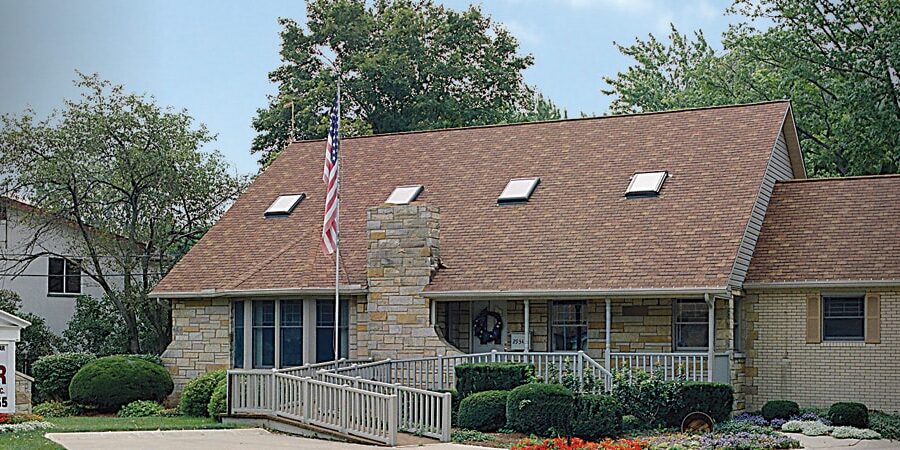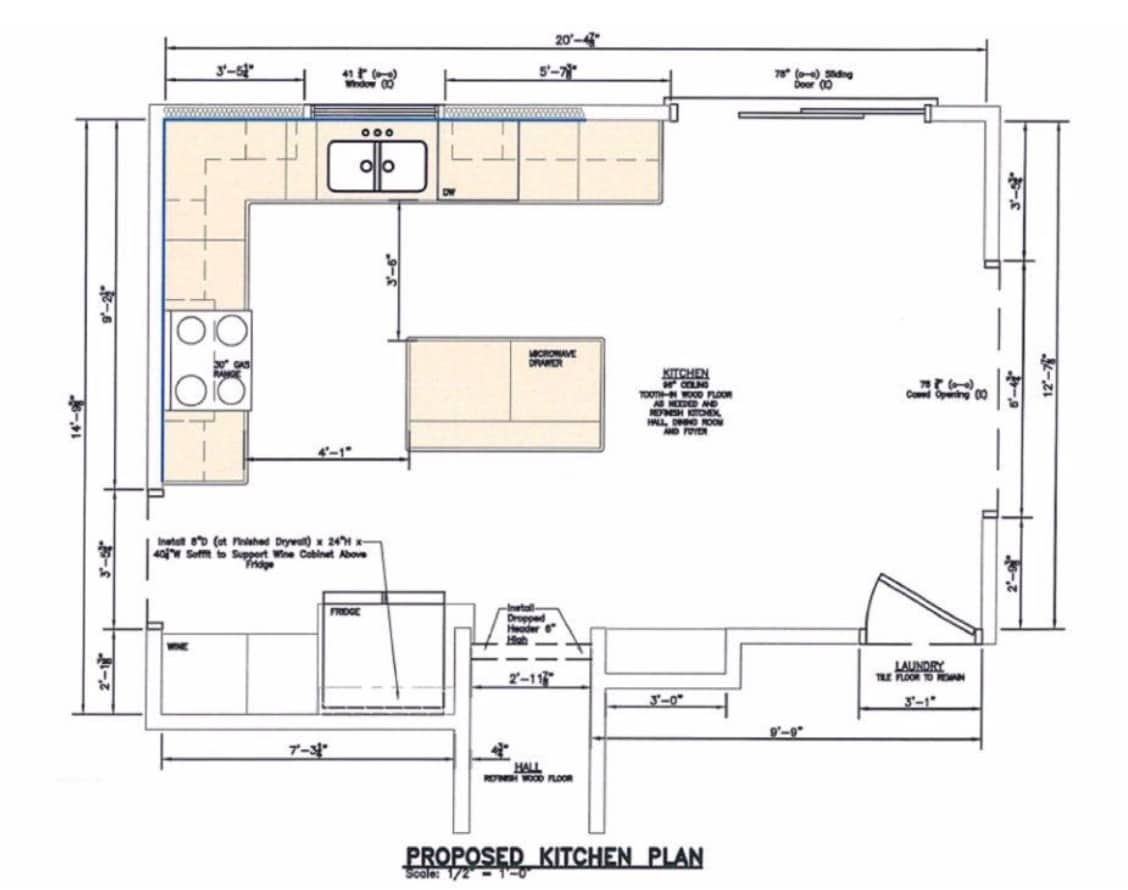Resourceful Remodeling: How To Get What You Want While Staying Within Budget
In our loftiest home improvement dreams, we’d all have an unlimited budget for our next project. But for most of us, that’s just not reality. As a designer, I work with homeowners every day to help them balance their wants and needs while keeping the budget in check.
Here are a few of my tips for maximizing your home renovation budget, without sacrificing what you really want:
- Establish a budget. This one sounds like a no-brainer, but I find often that customers are afraid to give a contractor their budget number in advance because they think the contractor will take advantage by using every bit of that money, even if it’s unnecessary. The truth is, you know what your limit is, so it’s best to be direct and share that number—along with your scope or vision for the project—so the budget can be used to establish realistic design parameters.
- Be thorough on the frontend. Change orders can be quite costly during a remodel. To protect yourself from unwanted surprises, be diligent about making sure that your contractor is including everything from the start. For example, removing a load-bearing wall requires the installation of a beam or posts to offset the load; and a new addition might require an upgraded electrical panel. If you aren’t sure about project requirements and building codes, then I recommend two things: ask previous customers about how well the contractor stayed within budget; and get quotes from multiple contractors and compare estimates to ensure that all bases are covered. The result: You won’t have to make changes to your design due to unexpected cost overruns.
- Set your priorities. You’re more inclined to get what you want by setting expectations from the start. We all have our design vision—as well as our must-have items/products/finishes. The most important element of your kitchen remodel might be quartz countertops, while mine might be a commercial-grade oven. Start with those top-priority selections and then work from there.
- Be willing to compromise. The number one cost driver in kitchen and bathroom remodels is fixtures. Here are a few ideas for concessions that will shave money off your remodeling budget, while still giving you the look you want:
-
- Stock cabinet vs. custom cabinet. Reduce costs by going with a mid-grade cabinet. You can use a different color or finish on the island to add interest. To really save money, consider painting or refinishing existing cabinetry.
- Laminate or value-grade granite vs. quartz. There are a lot of inexpensive surfaces that mimic the look of quartz and that offer great performance features.
- Basic tile backsplash vs. custom tile. Adding mosaics, liners, designs, etc. increases costs—this is an area where you may opt to go with basic on the initial install and then upgrade later.
- Chrome vs. nickel finish. Fixtures (like faucets and chandeliers) and accessories (like drawer pulls and towel bars) are another example of where a less-expensive nickel option can save money without compromising style.
- Hardwood vs. vinyl or tile. There are so many great options for flooring on the market, so shop and compare before you overlook some of the more inexpensive products.
- Quality vs. quantity. Recently a homeowner I was working with pared down the size of an addition in order to get exactly what she wanted in respect to upgraded finishes: Instead of a 300-ft. addition, we did a 250-ft addition. She was willing to make the space a bit smaller to get all of the amenities that were important to her.
At the end of the day, it’s important to be honest with yourself: If you can make compromises that fall within your comfort zone, you’re more likely to get what you want—and be happier with the finished living space.
The best is yet to come,
Beth Orr







